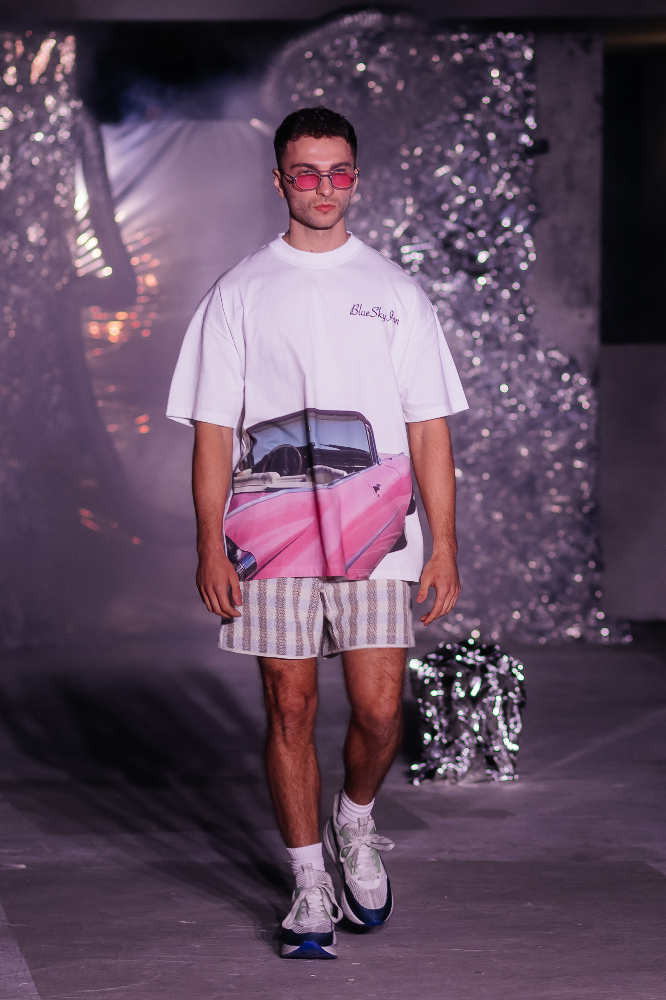The Worldwide Pet Clothing Industry is Expected to Reach $6.3 Billion by 2028 at a 4% CAGR
DUBLIN , Jan. 30, 2023 /PRNewswire/ — The “Global Pet Clothing Market Size, Share & Industry Trends Analysis Report By Distribution Channel, By Product Type, By Pet Owner (Millennial, Gen X, Baby Boomer, Gen Z), By Pet Type (Dogs, Cats), By Regional Outlook and Forecast, 2022 – 2028” report has been added to ResearchAndMarkets.com’s offering.
The Global Pet Clothing Market size is expected to reach $6.3 billion by 2028, rising at a market growth of 4.0% CAGR during the forecast period.
Pet clothes are specifically created apparel for companion animals. These clothes are usually made to serve a function like protecting pets against pests or keeping them warm and dry. Silk, cotton, quilted canvas, and wool are some of the common fabrics that are used to make these clothes. Pet clothing includes apparel that provides additional warmth and shields dogs from the extremes.
Some typical examples of pet clothing are jackets, sweaters, knitwear, hoodies, shirts, head and neckwear, raincoats, and swimwear.
Most of the pet clothing available is designed for little dogs. Small dogs naturally have very thin coats and are prone to catch cold in cooler or wetter conditions. The warmth from pet clothing, such as a raincoat, jacket, or sweater, might prevent the dogs from shivering when out for a stroll.
With the fame these clothes got, they are now also available for larger dogs and cats. Nowadays, pet owners enjoy dressing up their animals with clothes to make them stand out from other animals and look fashionable. This practice also helps pet owners improve their social standing in society. While certain outfits, like a pet tuxedo or a costume, are purely whimsical and decorative, other accessories, like raincoats and sweaters, are more useful.
All dog sizes can find coats and sweaters, and some knitters enjoy making dog sweaters by hand. Smaller dog breeds with short hair, like Chihuahuas and dachshunds, are especially popular for sweaters and coats. Similarly, cat owners also like to dress their pets in sweaters.
To meet customer demands, manufacturers are introducing products with distinctive designs, characters, sizes, colors, and patterns. For instance, producers have debuted some of the most well-known franchises and characters, including Batman, Wonder Woman, Mickey Mouse, Jurassic World, Ghostbusters, etc.
COVID-19 Impact Analysis
The demand for pet clothes decreased as pet owners turned more of their attention to pet food and other necessities. Even with the pandemic’s constraints on the workforce and the supply chain, some pet goods are seeing sales in the clothing industry. With the COVID-19 pandemic, there is a rising need for pet supplies including beds, carriers, and toys, among other things.
People have been motivated to adopt pets by concerns about business closures and employer-issued instructions to stay at home. As a result, businesses in the pet apparel industry seized this opportunity to expand their production capacity for pet durables.
Market Growth Factors
Rising Awareness Of Pets’ Health Among Pet Owners
As pets grow, their age and health issues also necessitate the use of clothing. Pets’ immune systems deteriorate when they become ill. As a result, wearing garments can keep them healthy. Finding appropriate clothing for dogs, such as sweaters, is necessary because, for instance, hypothermia is a prevalent sickness in dogs. In addition, some animals have delicate skin, particularly after a haircut.
They will face more environmental dangers as a result. Thus, clothing can shield them from the sun’s rays and other dangers. Pets are also more susceptible to the cold during winter, especially the younger and the aged ones. In the winter, it might be difficult for such vulnerable pets to produce adequate body heat.
Increasing Demand For Recycled Fabrics For Pet Cloths
Reusing bags, placing paper, plastic, and metal in a recycling bin, or wearing recycled goods are all examples of recycling, which is one of the most sustainable lifestyle choices.
Recycling has even entered the realm of haute fashion. With so many celebrities also launching their recyclable clothing lines, it is no wonder that the pet clothing industry is expected to make use of it as well. Using recycled plastics for a wearable like puffer vests and raincoats is gaining popularity among pet owners. A rising trend among pet owners to buy clothing made of recycled or plant-based materials, such as cotton and hemp, is also stimulating the demand for sustainable goods.
Market Restraining Factors
Allergic Reactions Caused By Itchy And Uncomfortable Fabrics
Allergies may be brought on by the materials used in the pet’s clothing. Additionally, it could cause inflammation and itching. Some poor-quality fabrics create more problems for pets than comfort. The friction of the cloth against the pets’ skin can lead to skin conditions, allergies, and peeling.
It becomes important to keep an eye out for any symptoms of an allergic response in the pets. Itching, scratching, or unease that causes them to try to change out of their clothing are examples of some visible symptoms. The pet owners who always dress their pets in clothes tend to ignore some surface-level issues with their pets’ physique.
Key Topics Covered:
Chapter 1. Market Scope & Methodology
Chapter 2. Market Overview
2.1 Introduction
2.1.1 Overview
2.1.1.1 Market Composition and Scenario
2.2 Key Factors Impacting the Market
2.2.1 Market Drivers
2.2.2 Market Restraints
Chapter 3. Global Pet Clothing Market by Distribution Channel
3.1 Global Offline Market by Region
3.2 Global Online Market by Region
Chapter 4. Global Pet Clothing Market by Product Type
4.1 Global Shirts & Tops Market by Region
4.2 Global Coats & Jackets Market by Region
4.3 Global Sweater & Hoodies Market by Region
4.4 Global Others Market by Region
Chapter 5. Global Pet Clothing Market by Pet Owner
5.1 Global Millennial Market by Region
5.2 Global Gen X Market by Region
5.3 Global Baby Boomer Market by Region
5.4 Global Gen Z Market by Region
5.5 Global Others Market by Region
Chapter 6. Global Pet Clothing Market by Pet Type
6.1 Global Dogs Market by Region
6.2 Global Cats Market by Region
6.3 Global Others Market by Region
Chapter 7. Global Pet Clothing Market by Region
Chapter 8. Company Profiles
8.1 ABO Gear LLC
8.1.1 Company Overview
8.2 Bedhead Pajamas (Komar, Inc.)
8.2.1 Company Overview
8.3 Bitch New York
8.3.1 Company Overview
8.4 Canada Pooch Ltd.
8.4.1 Company Overview
8.5 Hip Doggie
8.5.1 Company Overview
8.6 Lucy & Co
8.6.1 Company Overview
8.7 Medical Pet Shirts
8.7.1 Company Overview
8.8 Wagwear
8.8.1 Company Overview
8.9 Ruff Wear Inc.
8.9.1 Company Overview
8.9.2 Recent strategies and developments:
8.9.2.1 Product Launches and Product Expansions:
For more information about this report visit https://www.researchandmarkets.com/r/12gnq4-pet?w=5
Media Contact:
Research and Markets
Laura Wood, Senior Manager
[email protected]
For E.S.T Office Hours Call +1-917-300-0470
For U.S./CAN Toll Free Call +1-800-526-8630
For GMT Office Hours Call +353-1-416-8900
U.S. Fax: 646-607-1907
Fax (outside U.S.): +353-1-481-1716
Logo: https://mma.prnewswire.com/media/539438/Research_and_Markets_Logo.jpg
SOURCE Research and Markets

Originally published at https://www.prnewswire.com/news-releases/the-worldwide-pet-clothing-industry-is-expected-to-reach-6-3-billion-by-2028-at-a-4-cagr-301733489.html
Some images courtesy of https://pixabay.com
The post The Worldwide Pet Clothing Industry is Expected to Reach $6.3 Billion by 2028 at a 4% CAGR first appeared on TREND MAG.
Fashion - TREND MAG originally published at Fashion - TREND MAG

